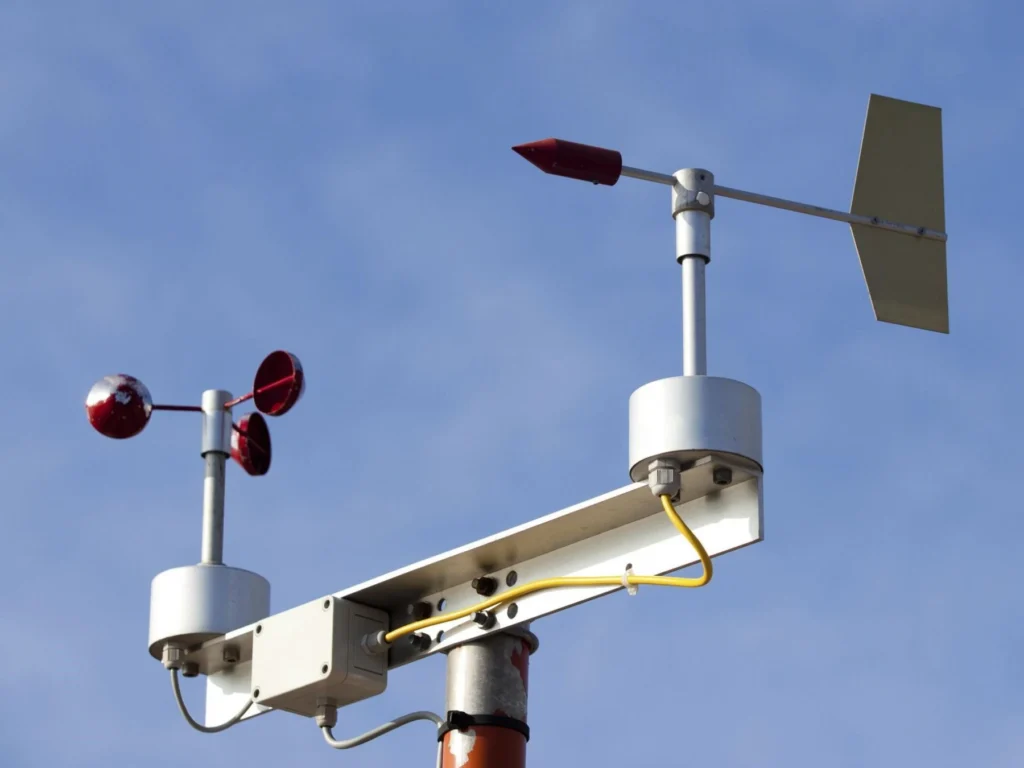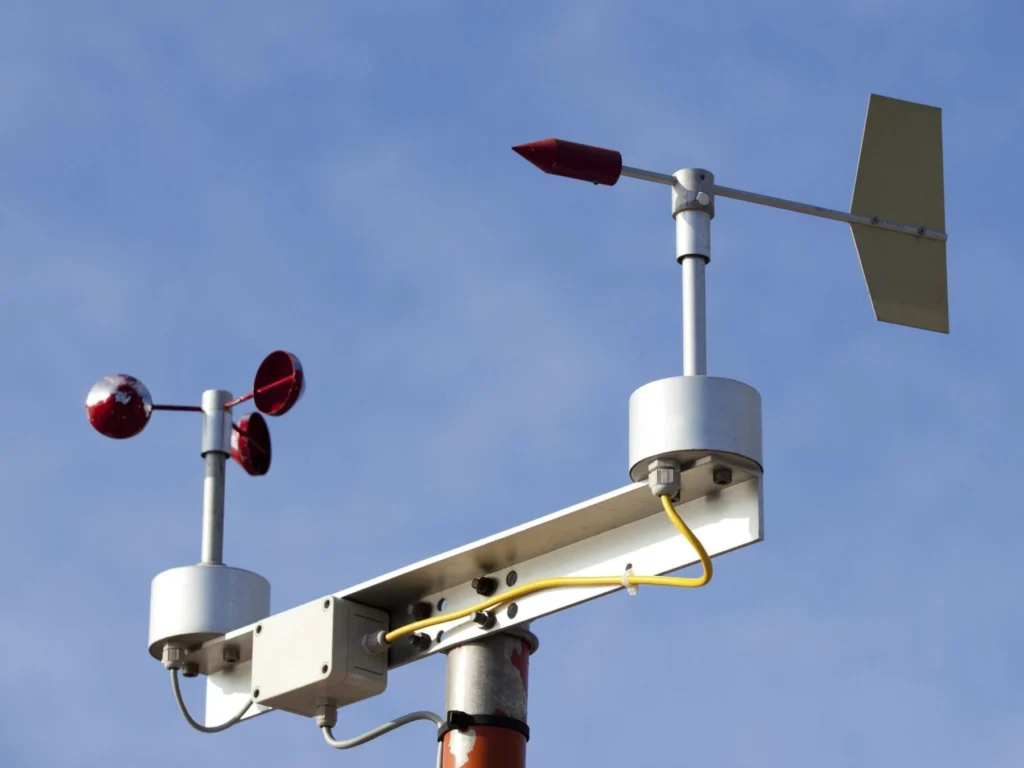Wind Measuring Instrument: A Comprehensive Guide to Anemometers and Their Applications

# Wind Measuring Instrument: A Comprehensive Guide to Anemometers and Their Applications
Wind measuring instruments, commonly known as anemometers, are essential tools for accurately measuring wind speed and direction. These devices play a crucial role in various industries, including meteorology, aviation, environmental monitoring, and renewable energy. In this guide, we will explore the different types of anemometers, their working principles, and their diverse applications.
## What is an Anemometer?
An anemometer is a device used to measure the speed and direction of wind. The term “anemometer” is derived from the Greek word “anemos,” meaning wind. These instruments are vital for understanding weather patterns, ensuring safe aviation operations, and optimizing the performance of wind turbines.
## Types of Anemometers
There are several types of anemometers, each designed for specific applications. Here are the most common ones:
### 1. Cup Anemometers
Cup anemometers are one of the oldest and most widely used types. They consist of three or four cups mounted on horizontal arms, which rotate when exposed to wind. The rotation speed is proportional to the wind speed, and this data is then converted into a readable format.
### 2. Vane Anemometers
Vane anemometers, also known as windmill anemometers, feature a propeller or a set of blades that rotate in response to wind. These devices are often used in combination with a wind vane to measure both wind speed and direction.
### 3. Hot-Wire Anemometers
Hot-wire anemometers use a thin wire heated to a constant temperature. As wind passes over the wire, it cools down, and the change in temperature is used to calculate wind speed. These anemometers are highly sensitive and are often used in laboratory settings.
### 4. Ultrasonic Anemometers
Ultrasonic anemometers measure wind speed and direction using ultrasonic sound waves. They consist of multiple pairs of transducers that send and receive sound waves. The time it takes for the sound waves to travel between the transducers is used to determine wind speed and direction.
### 5. Laser Doppler Anemometers
Laser Doppler anemometers use laser beams to measure the velocity of particles in the air. These devices are highly accurate and are often used in research and development applications.
## Applications of Anemometers
Anemometers have a wide range of applications across various fields. Here are some of the most common uses:
### 1. Meteorology
In meteorology, anemometers are used to measure wind speed and direction, which are critical for weather forecasting and climate studies. Accurate wind data helps meteorologists predict storms, hurricanes, and other weather phenomena.
### 2. Aviation
In aviation, anemometers are essential for ensuring the safety of aircraft during takeoff and landing. Pilots rely on accurate wind speed and direction data to make informed decisions and avoid potential hazards.
### 3. Environmental Monitoring
Anemometers are used in environmental monitoring to assess air quality and study the dispersion of pollutants. They help researchers understand how wind patterns affect the spread of contaminants in the atmosphere.
### 4. Renewable Energy
In the renewable energy sector, anemometers are crucial for optimizing the performance of wind turbines. Accurate wind measurements help engineers determine the best locations for wind farms and ensure that turbines operate efficiently.
### 5. Construction and Engineering
In construction and engineering, anemometers are used to monitor wind conditions at building sites. This information is vital for ensuring the safety of workers and the structural integrity of buildings under construction.
## Choosing the Right Anemometer
When selecting an anemometer, it’s essential to consider the specific requirements of your application. Factors to consider include the range of wind speeds you need to measure, the level of accuracy required, and the environmental conditions in which the device will be used.
### Key Considerations:
– **Accuracy:** Ensure the anemometer provides precise measurements for your specific needs.
– **
Keyword: wind measuring instrument

